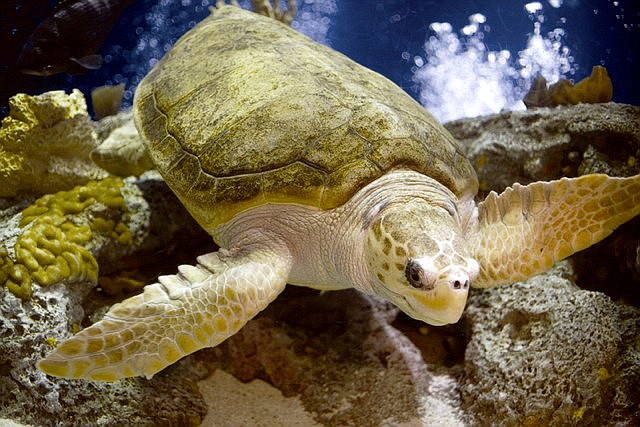- April 22, 2024
-
-
Loading

Loading

Mote Marine Laboratory scientists have documented 23 disorientations in adult female sea turtles this year on local beaches.
The number is higher than usual, with 12 female disorientations documented in 2010, 15 in 2011 and 10 in 2012.
Disorientations occur when adult females veer away from their expected movement patterns on the beach because of artificial lighting from waterfront properties, beachgoers coming too close (especially while carrying flashlights) and natural predators, such as raccoons. Hatchlings can also become disoriented.
This year, a female turtle wedged its head under a rock groin and needed help digging out after disorienting; in a previous year, a turtle was struck by a car after wandering into the road.
To help turtles avoid disorientation, beachgoers should remain quiet if they encounter a nesting turtle, shield or turn off outdoor lights that are visible from the beach from May through October, close drapes after dark, put beach furniture far back from the water, fill in holes on the beach and put trash in its proper place.
Contact Robin Hartill at [email protected].